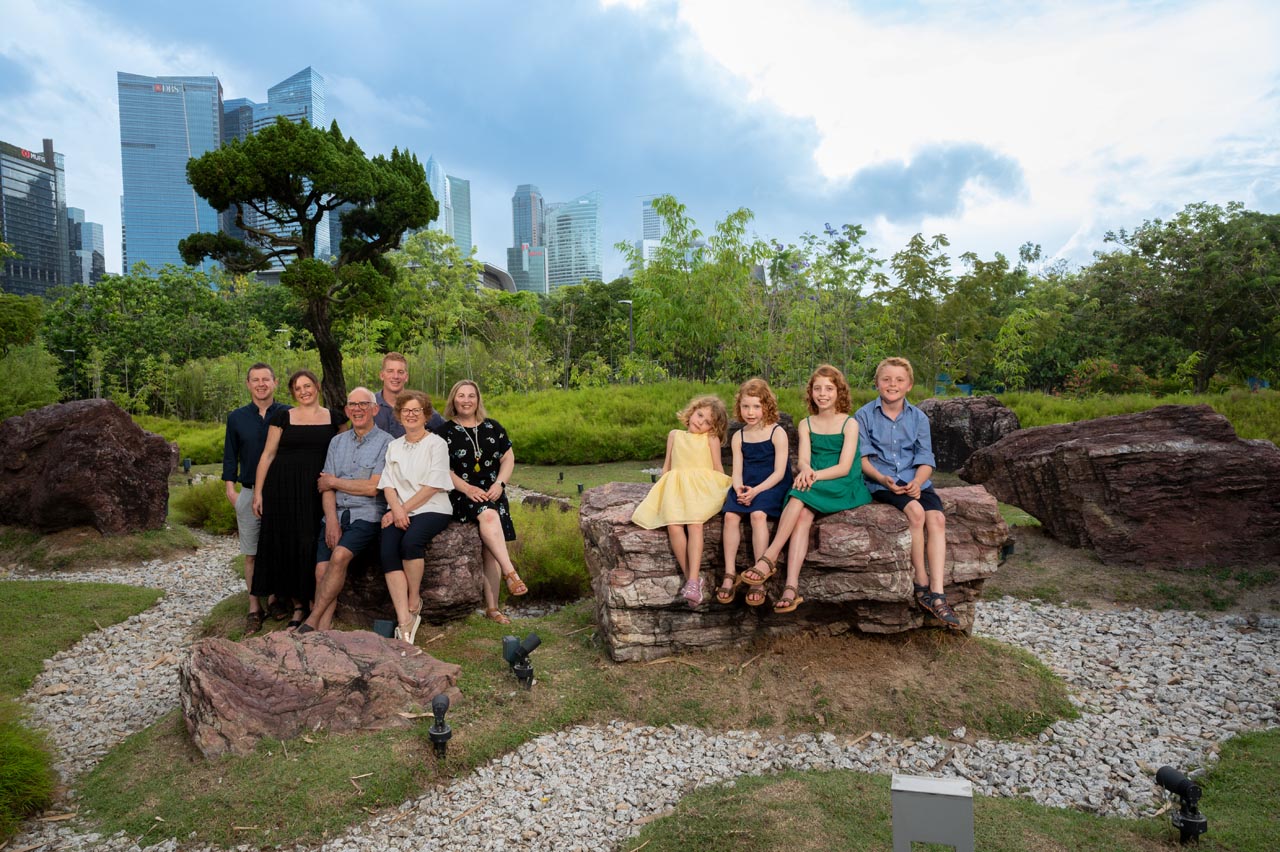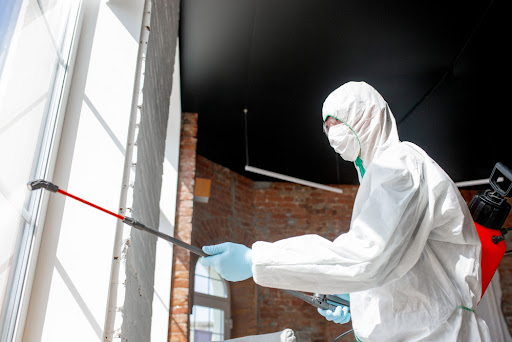
Capturing Nature’s Beauty Outdoor Photography Tips
Photography enthusiasts know that the world outside provides endless opportunities for breathtaking shots. Outdoor Photography, with its vast landscapes and dynamic lighting, challenges photographers to capture nature’s beauty in compelling ways. This blog post offers practical tips and insights to help you elevate your outdoor photography game.
Understanding Light and Its Impact
Light is a photographer’s best friend; understanding it is crucial to outdoor photography. Natural light changes throughout the day, affecting how scenes appear in your photos. Early mornings and late afternoons, known as the “golden hours,” offer soft, warm light ideal for capturing landscapes and portraits. Midday sun can cast harsh shadows, so consider using this time for dramatic, high-contrast shots or seek out shaded areas for softer light.
Choosing the Right Gear
Choosing the right gear can enhance your outdoor photography experience. A sturdy tripod is essential for stability, especially in low-light conditions. Invest in a quality camera with manual settings to have greater control over exposure, focus, and white balance. Lenses matter too; a wide-angle lens captures vast landscapes, while a telephoto lens is perfect for wildlife photography.
Composition Techniques That Work
Composition is key to creating visually appealing photographs. The rule of thirds, where you divide your frame into nine equal segments, helps balance your subjects within the scene. Leading lines naturally guide the viewer’s eye to the focal point of your image. Don’t be afraid to experiment with different perspectives—getting low or capturing from above can provide unique angles and fresh viewpoints.
Mastering the Art of Patience
Outdoor photography often requires patience and persistence. Whether waiting for the perfect sunset or hoping for wildlife to appear, patience pays off with extraordinary images. Pay attention to your environment and be ready to capture unexpected moments. Sometimes, the best opportunities come when you least expect them.
Post-Processing for Perfection
Post-processing is part of the modern photographer’s toolkit. While maintaining the natural essence of your photos, use editing software to enhance colors, contrast, and sharpness. Subtle adjustments can transform a good photo into a great one, but remember not to over-edit—keeping it natural is key.
In conclusion, outdoor photography is as much about preparation and technique as it is about creativity and spontaneity. By understanding light, choosing the right gear, employing effective composition, and practicing patience, you can capture nature’s beauty in all its glory. Happy shooting!


